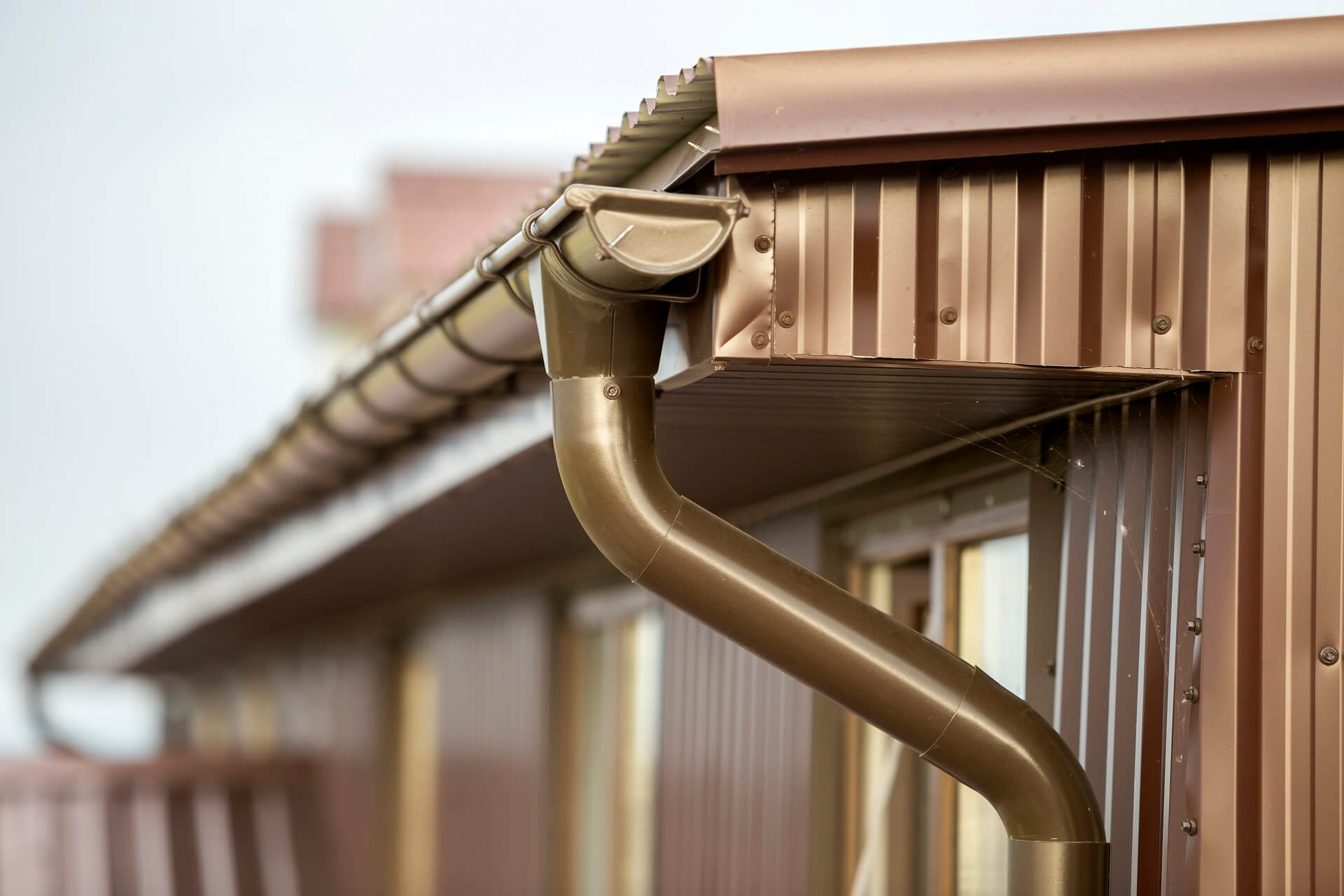Collecting rainwater is not only a new ecological fashion but also a way to reduce bills. A capacious water tank can be a great help when watering the garden or flushing the toilet. The attractive price makes us think more and more about buying this type of installation and connecting it to the gutters in our home.
There are many models of rainwater tank on the market. Their selection depends on many factors and the individual needs of the user.
Table of Contents
Types of rainwater tanks
1) Underground rainwater tank
We place this type of tanks underground. It is possible to combine several tanks to obtain the expected total capacity. The basic rainwater container drains water directly from the gutter system. However, manufacturers’ offers also include more advanced systems that include special filters and sensors. This is necessary if we want to use rainwater for flushing the toilet or for washing.
2) Aboveground rainwater tank
Collects water flowing straight from drain pipes. Above-ground tanks are most often placed at the facade of the building. The capacities of above-ground tanks are slightly smaller than those of underground ones. Modern ground containers are nothing like traditional, ugly barrels. Producers make every effort to ensure that their products meet decorative values and harmonize with the landscape architecture. Therefore, every investor can easily choose a tank that will emphasize the style of his property. Tanks are available in various colours, stylized as wood or the building facade.
How to get rainwater for domestic purposes?
We obtain most of the rainwater from roofs and balconies. However, its quality and quantity depend on the type of substrate. Single and gable steep roofs are best suited for obtaining rainwater. Water does not accumulate on their surface but flows quickly to gutters and downspouts. It is also quite clean, as there are less dust, sediment and dirt on steep surfaces. The optimal roof surface is a traditional tile or slate. These are roof coverings that do not have too much surface dirt adhering. Slightly worse quantitative results are achieved in the case of multi-pitched and flat roofs.

Our contributing author is a passionate advocate for eco-friendly living and sustainability. With a background in eco-life, they are dedicated to inspiring and empowering individuals to adopt environmentally conscious lifestyles. Through insightful articles, they share practical tips, innovative solutions, and thought-provoking perspectives to promote a greener, more sustainable world. Join them on the journey towards eco-smart living and discover how small choices can make a big impact. 🌱









